Pryzmee

A fully End-to-End encrypted photo cloud for storing your most important memories, including videos and live photos. Shared albums give you and your friends an easy and secure way to share and collaborate on photos.
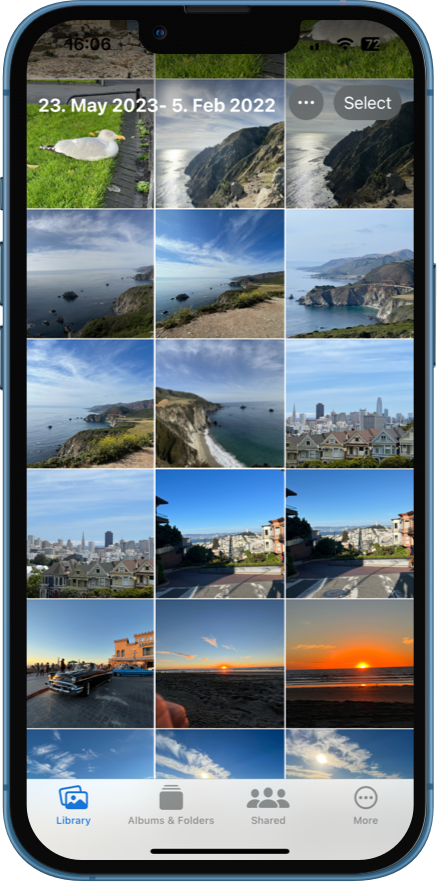
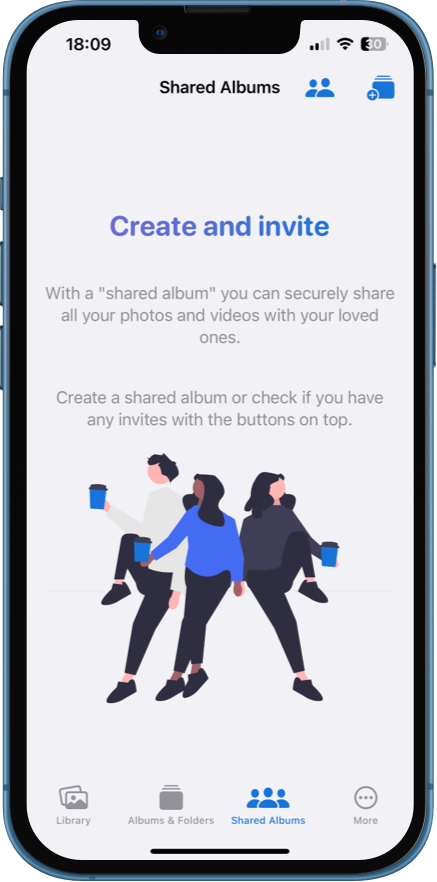
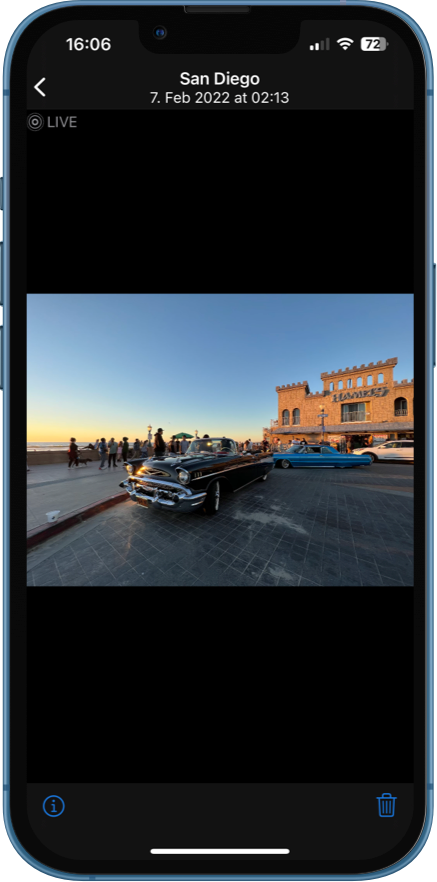
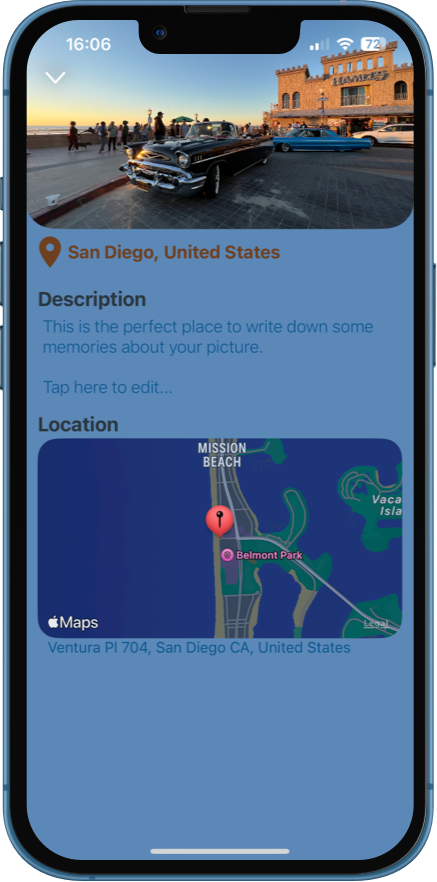
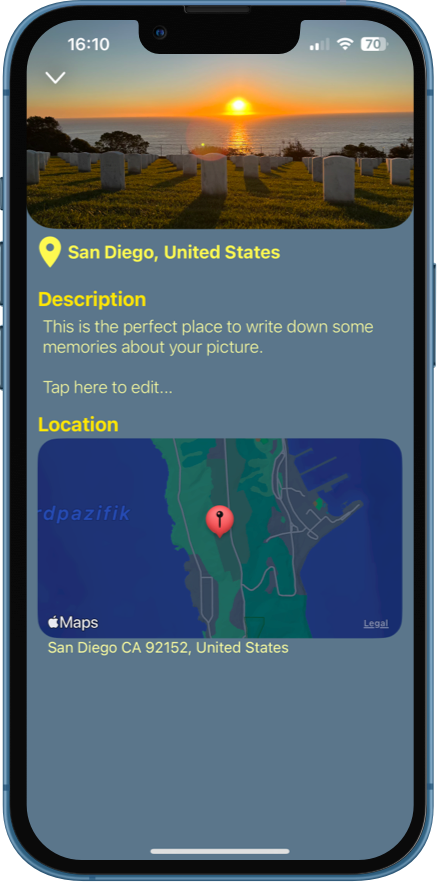
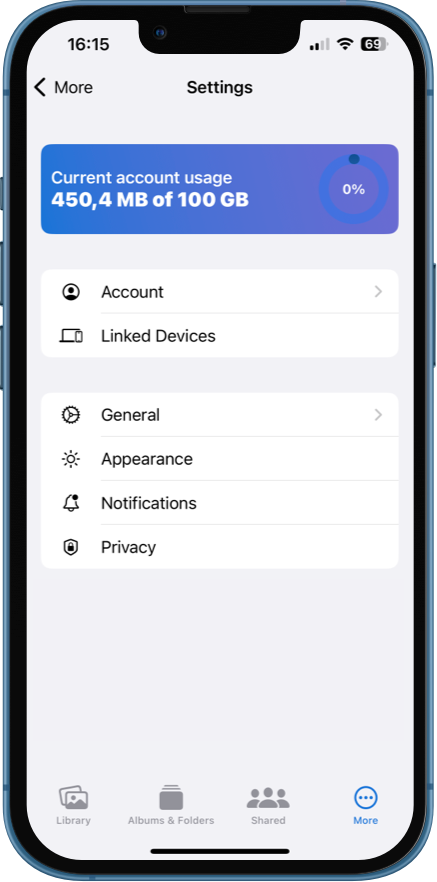
Why?
During my four-month-long internship semester in Shanghai,
China my friends and my self we took a ton of photos,
live photos as well as videos. At some point we had so many
pictures that some other platforms did not have enough space on the free tier.
And other platforms are not suitable to properly store and view photos.
Live Photos are not commonly supported.
Another big missing feature that I have yet to see is a
fully End-to-End encrypted platform. So I saw an
opportunity to build and learn new things, and
therefore I decided to give it a go.
What can it do?
Essentially, I offer the same fundamental features as other platforms, but with an added layer of security – your images, videos, and even sensitive data like location are all encrypted directly on your device, ensuring your privacy and protection.
- Secure on-device encryption for images, videos, and sensitive data
- Streamline photo organization through folders and albums
- Collaborative album creation for shared experiences
- Convenient photo management: upload, download, and sharing
- Full support for Live Photos
How did I do it?
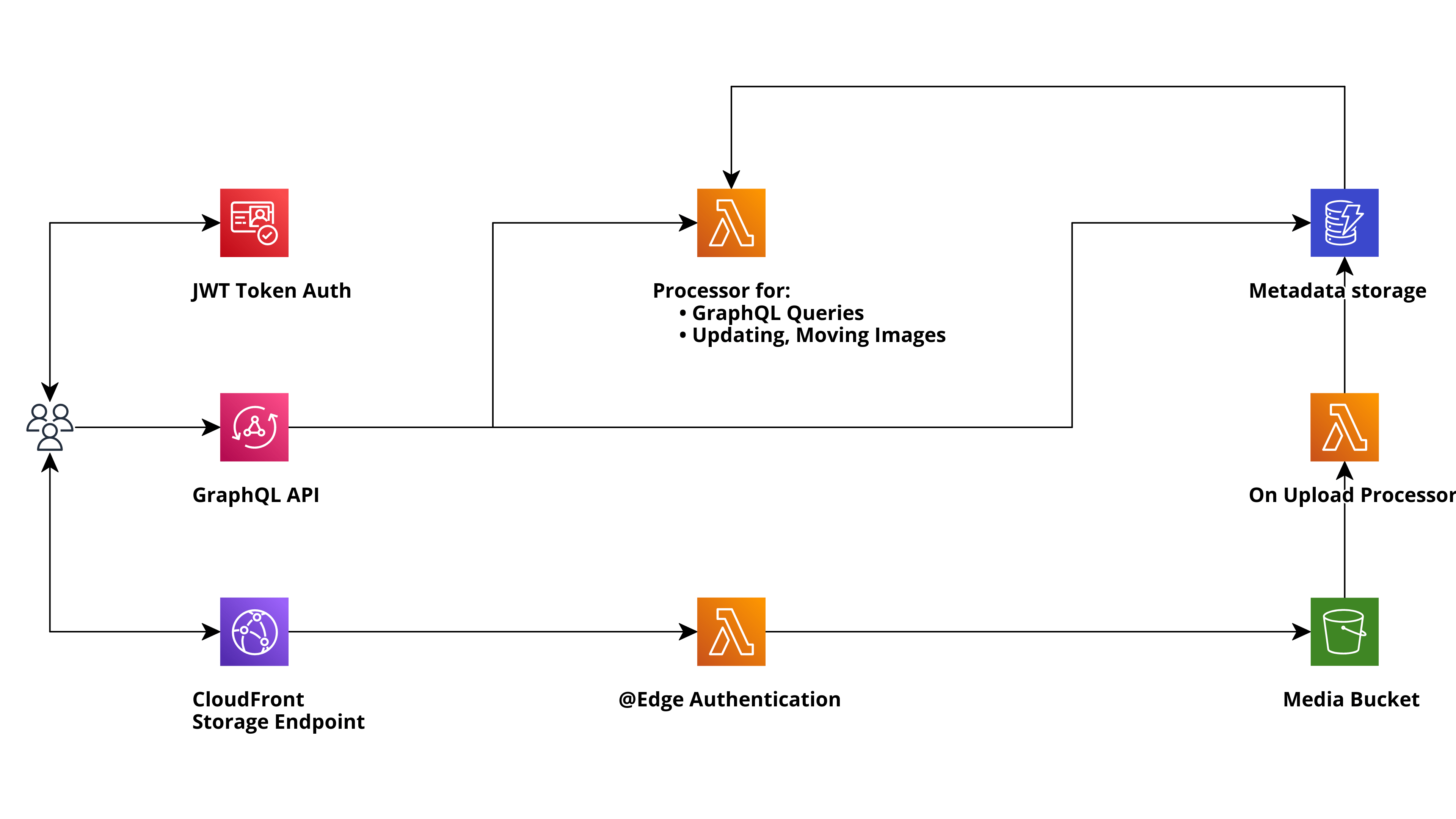
This architecture diagram provides a glimpse into my AWS resource landscape. To keep things clear and simple, I've left out numerous individual Lambdas SNS and SQS Queues as well as the different CloudFormation Stacks 🏗️✨
Cognito 🔐
To ensure a seamless and secure user experience, I've implemented Amazon Cognito to manage all user-related data. This includes vital information like email addresses, passwords, and names.
GraphQL 🧭
To enable communication between users' devices and the backend, I've implemented AppSync. I've created various commands for actions like working with images, albums, folders, and user data. These commands rely on the Velocity Template Language (VTL), and for more complex tasks, I've added some Lambdas to assist.
CloudFront 🌍
To ensure swift access to media elements, every
upload or download is routed through a CloudFront
endpoint, optimizing response times.
Each user enjoys their own dedicated
storage space, essentially a personal
"folder", within an S3 Bucket. More details can
be found in the S3 section. Accessing one's
personal media library is straightforward;
each request carries a JWT Access Token from Cognito.
CloudFront then cross-references the user ID in the
JWT Token with the corresponding S3 path.
Additionally, I've created a feature for shared
collaborative albums. If a user wishes to view photos
uploaded by another user, I've implemented custom
permission logic. This logic verifies whether a user is
authorized to access specific photos within another
user's S3 'folder.' To tackle this, I've integrated
Lambda@Edge functions.
DynamoDB 🗃️
In the heart of this setup lies DynamoDB, a
cornerstone of my infrastructure. It's the
vault that houses a treasure trove of user data,
photos, and videos, including details about
user-created folders and albums, and the media
elements tucked within. Each media element has
its own special place in DynamoDB, complete
with all its metadata.
Now, here's where it gets a bit
tricky but fascinating – I've gone the
extra mile to ensure the safety of sensitive
information by encrypting it. This added layer
of security certainly keeps us on our toes when
it comes to designing the NoSQL structure.
On a broader note, apart from diving into
the cloud and unraveling the mysteries of AWS,
transitioning from traditional relational
databases to non-relational databases was
quite the journey. It was a learning
experience like no other, particularly
in terms of efficiently and intelligently
organizing data. Secondary indexes,
in particular.
S3 🪣
Every photo and video is protected with End-to-End encryption right on the user's device, ensuring that all of their precious memories are securely stored in their own personal folder. To efficiently manage tasks like updating the stored byte count for each user, I've hooked a Lambda function to the S3 bucket to handle events such as upload and delete.
SNS & SQS 📯
In my pursuit of simplifying the intricate web of systems, I naturally opted for SNS and SQS as the ideal tools. These mechanisms function behind the scenes, orchestrating the flow of information and tasks effortlessly among my diverse microservices. To ensure clarity and readability, I have intentionally refrained from displaying the intricate details of SNS, SQS, and their complex connections on the above diagram.
Get In Touch
Let's talk about Work, Life, Traveling, Bouldering, Everything
Don't like forms? Reach out to me on LinkedIn